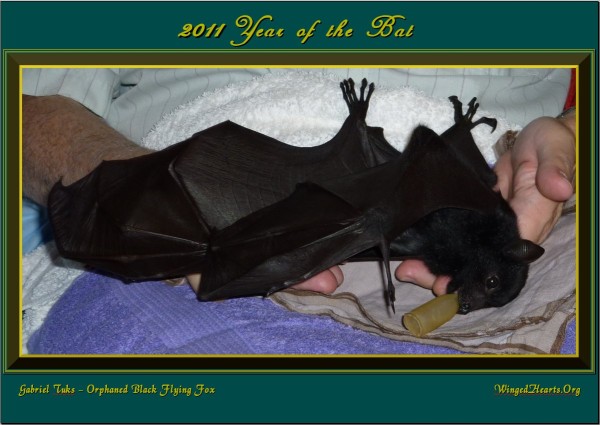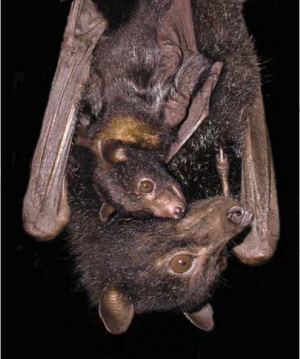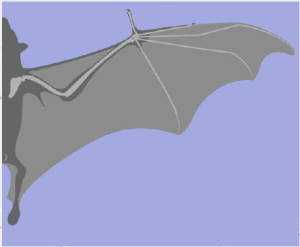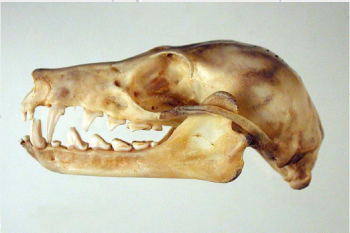Year Of The Bat - Basic Bat Physiology

( click here for for Year of The Bat Posters (free) )
Bat Physiology Facts
(Courtesy Batsqld.org.au and Long Grass Wildlife Refuge)

Flying foxes and Microbats are placental mammals
They are warm blooded and deliver a furred open-eyed baby and suckle their young
The baby has oversized feet and an extra hook on the thumb hook to aid in clinging to its mother
By latching on to the mothers teat located in the wing pit the baby is carried very securely for the first five weeks of its life
From 3-5 weeks the baby cannot thermo regulate
Bats mothers are meticulous in hygiene and use their tongue to lick and groom the baby
Baby bats CANNOT fly until they are 12-13 weeks old. Many calls for rescue come after a baby has been seen for days and this seriously affects its survival.
The Bat wing membrane:
 comprises a double layer of almost hairless pigmented epidermis sandwiching a thin layer of connective tissue
comprises a double layer of almost hairless pigmented epidermis sandwiching a thin layer of connective tissue
- has its own waterproofing agent
- the connective tissue means that holes and damage to the wing will heal (with 360 degree tissue surrounding)
- by increasing the blood flow to the wings as in flapping the bat can cool down
- conversely when cold, the bat reduces blood flow to the wings and wraps them around the body to conserve heat.
Teeth and Digestions in Bats:
- Adults have 34 teeth widely spaced and molars show a unique design among mammals for crushing plant material

- Flying foxes don't actually eat fruit, they crush it using their teeth and press it between the tongue and deeply ridged palate
- Bats swallow the extracted juices and smaller seeds and spit out the pulp - thereby getting sustenance without bulk in the digestive system which can weigh them down during flight
- Food transit through the gut is rapid --- 12-34 minutes
- To urinate of defacate Flying foxes invert. They turn themselves upside down and hang their thumb hooks (bottom down), do their business, give a shake and then return to hanging by their feet.
Bat Vision
- Flying foxes can see effectively in bright light but not as well as humans
- Visual ability exceeds humans in low light and is particularly adapted to recognising light colours in low light
- Considered equivalent to a cat well known for both diurnal and nocturnal vision
Bat Hearing:
- Hearing range is very sensitive and is similar to that of humans (microbats are different)
Bat Sense of Smell:
- Sense of smell is highly developed and appears to be the main sensory system for the location of food

 comprises a double layer of almost hairless pigmented epidermis sandwiching a thin layer of connective tissue
comprises a double layer of almost hairless pigmented epidermis sandwiching a thin layer of connective tissue del.icio.us
del.icio.us Digg
Digg Facebook
Facebook Google
Google Google+
Google+ LinkedIn
LinkedIn MySpace
MySpace Ping This!
Ping This! SlashDot
SlashDot StumbleUpon
StumbleUpon Twitter
Twitter Yahoo
Yahoo



